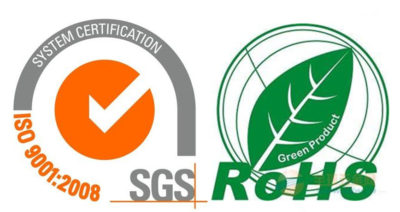In the family of aluminum hydroxide minerals, pseudoboehmite and boehmite are two common phases that are similar in chemical composition but have significant differences in structure and properties. Both materials are widely used in industrial catalysis, adsorption materials and ceramic preparation. This article will mainly discuss the differences between pseudoboehmite and boehmite in terms of properties, preparation methods and applications.
- Basic concepts and chemical composition
Both pseudoboehmite and boehmite are aluminum hydroxide oxides, and their chemical formula can be expressed as AlO(OH), but their crystallinity and structural order are different.
- Boehmite: It is a well-crystallized aluminum hydroxide oxide, belongs to the orthorhombic crystal system, and has a clear crystal structure.
- Pseudoboehmite: It is a precursor or metastable form of boehmite, with lower crystallinity and more structural defects, and contains more structural water and hydroxyl groups.
Although the chemical formula is the same, pseudoboehmite usually contains more adsorbed water and structural water.
2. Comparison of physical and chemical properties
| property | Boehmite) | Pseudoboehmite |
| Crystallinity | High crystallinity | Low crystallinity, partially disordered |
| Specific surface area (m²/g) | Relatively low (10-50) | Higher (100-400) |
| Pore volume (cm³/g) | Smaller | Larger |
| Thermal stability | Higher (至500℃以上稳定) | Lower (Heating easily transforms into boehmite) |
| Surface hydroxyl density | Lower | Higher |
| Isoelectric point (pH) | ~9.0 | ~8.0 |
- Differences in preparation methods
1. Preparation of boehmite
Boehmite is usually prepared by the following methods:
- Hydrolysis of aluminum salts (such as Al(NO3)3) under near-neutral pH conditions
- High-temperature hydrothermal treatment (>100℃)
- Dissolution-recrystallization process of aluminum in high-temperature aqueous solution
- Weathering products of bauxite under natural conditions
2. Preparation of pseudo-boehmite
The preparation conditions of pseudo-boehmite are relatively mild:
- Rapid precipitation of aluminum salts under acidic conditions (pH~4)
- Low-temperature aging process (25-80℃)
- Control of aluminum salt concentration and precipitation rate
- Addition of organic template or structure-directing agent
- Phase transition relationship
There is a mutual transformation relationship between pseudo-boehmite and boehmite:
- Pseudo-boehmite → boehmite:
o Through heat treatment (>100℃)
o Long-term aging
o Hydrothermal conditions promote crystallization
- Boehmite → pseudo-boehmite:
o Partial dissolution under strong acid conditions
o Mechanical grinding leads to structural disorder
o Special treatment introduces structural defects
Both will further dehydrate and transform into γ-Al2O3 in the range of about 300-500℃.
- Comparison of application fields
5.1 Application of boehmite
- Raw material for preparing high-purity alumina
- Additive for ceramic materials
- Catalyst carrier (after calcination)
- Flame retardant material filler
5.2 Application of pseudo-boehmite
- Petrochemical catalyst carrier (such as hydrogenation catalyst)
- Adsorbent and desiccant
- Precursor for preparing alumina with large specific surface area
- Aluminum source for preparing molecular sieves
- Coating and composite material additive
Pseudoboehmite is more widely used in the field of catalysis due to its higher specific surface area and surface activity. Although pseudoboehmite and boehmite have similar chemical compositions, there are significant differences in structural order, physical and chemical properties, and application areas. Pseudoboehmite has a higher specific surface area and surface activity, and is suitable for use as a catalyst carrier and adsorption material; while boehmite has high crystallinity and good thermal stability, and is more suitable as a raw material for the preparation of high-purity alumina. Understanding the difference between these two materials is important for selecting suitable aluminum-based materials for specific applications.

